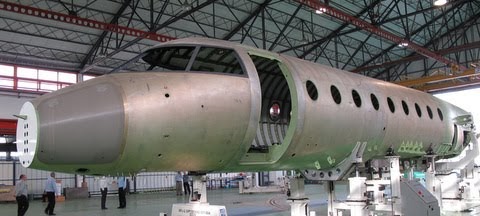

The shape of the wing directly impacts the airflow. Because air has viscosity, some of its energy will be lost to friction and a "wake" of low velocity, turbulent air exists near the trailing edge, resulting in a small, high pressure area. At a point near maximum thickness, maximum velocity and minimum static pressure will occur. Air that is passing above and below the airfoil, and thus has speeded up to a value higher than the flight path velocity, will produce static pressures that are lower than ambient static pressure. Air near the stagnation point has slowed down, and thus the static pressure in this region is higher than the ambient static pressure. shows a comparison of two local velocities with the flight path velocity V 1 and with each other.Īs the velocity changes, so does the dynamic pressure and, according to Bernoulli's principle, so does the static pressure.

It then speeds up again as it passes over or beneath the airfoil. The air approaching the leading edge of an airfoil is first slowed down.

It can now be seen that air flowing into a reduced area section of a venturi tube will increase in velocity, according to the continuity equation, and will have a decrease in static pressure, according to Bernoulli's equation. Q = ½ ( 0.002377 σ ) ( 2.856 V knots 2 ) = 0.00339 σ V knots 2 = σ V knots 2 295ĭynamic Pressure: q = σ V knots 2 295 (psf)īernoulli's formula can now be expressed as: Total Pressure H = static pressure P + dynamic pressure q Pilots are much more familiar with velocity measured in knots, rather than in feet per second, so a new formula for dynamic pressure is used. The units of q are: lb-sec 2 ft 4 (density) x ft 2 sec 2 V 2 The total pressure remains constant, according to the law of conservation of energy, and so an increase in one form of pressure must result in a decrease of the other. The total pressure in the airstream is the sum of the static pressure and the dynamic pressure. It has a potential energy, which is its static pressure, and a kinetic energy, which is its dynamic pressure. The energy of an airstream is in two forms. The density can be cancelled out and thus: A 1 V 1 = A 2 V 2 = A 3 V 3 = constant For subsonic flow, however, the air is considered to be incompressible, and its density remains constant. The continuity equation is valid for steady-state flow, both in subsonic and supersonic flow. ρ 1 A 1 V 1 = ρ 2 A 2 V 2 = ρ 3 A 3 V 3 = constant The continuity equation states that the mass airflow is constant. The mass airflow, then, is the product of the density, the area, and the velocity.
.jpg)
The volume of air, at any station, is equal to the velocity of the air multiplied by the cross sectional area of the station. The mass airflow is equal to the volume of air multiplied by the density of the air. Constant mass flow is called steady-state flow. The mass flow throughout the pipe must remain constant. As the air flown through the pipe, the mass of air entering the pipe, in a given unit of time, equals the mass of the air leaving the pipe, in the same unit of time. There is no air flow through the sides of the pipe air only flows through the ends. This expanded edition includes recent advances in technology, such as the use of composite aircraft materials, with revised examples and figures to more accurately reflect the state of the industry.įor easy reference, chapters are illustrated and present specific aspects of aircraft materials, fabrication processes, maintenance tools, and federal aviation regulations.Consider the flow of air through a pipe of varying cross section, as shown. Learn the latest technologies needed to pass the FAA airframe and powerplant maintenance certification!Īircraft Basic Science, Eighth Edition, is a valuable resource for students of aviation technology that provides updated information needed to prepare for an FAA airframe and powerplant maintenance certification.


 0 kommentar(er)
0 kommentar(er)
